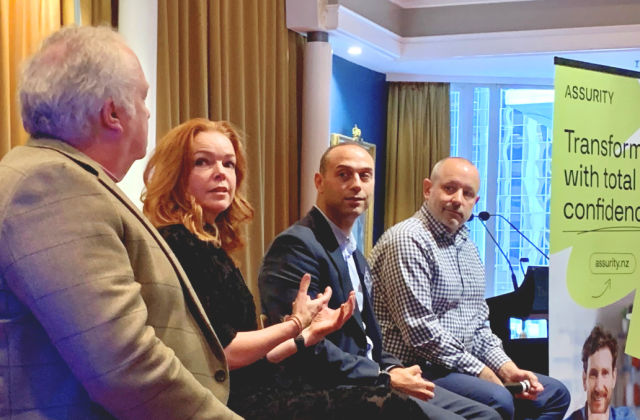Date: 01 June 2023
Times of financial challenge offer a great opportunity to stop and consider what we might do to find efficiency or make savings. Often the first place an organisation will look to find those savings is the customer service business.
On the surface that makes a lot of sense. Your contact centre consumes a lot of resources – people, space, software, hardware, minutes to your contact centre platform subscriptions.
The claim is often “we need to bring down average handling time!”, and with the wave of a hand, we start on a collection of initiatives that may or may not have an impact on the overall handling time.
There is a way to focus your efforts though more effectively. Through utilisation of interaction analysis tools (in this instance we will mostly speak about speech analytics as often there’s the biggest gain to be made from the voice contact centre space).
Utilising a Post Call Speech analytics tool to analyse your contact transcripts and give some structure to those masses of unstructured data will allow you to have a much more accurate view of the conversations that are happening. There’s a lot of gold in those conversations that can help your organisation make improvements to cost to operate, customer satisfaction, drive compliance and, as we will get into a little bit later in this piece, potentially drive revenue.
So, how do we do this?
As ever, there is several ways to approach this. In this piece, let us look at an advisor coaching framework.
Modern tools allow you to categorise language, allowing us to build dashboards (either natively or through your reporting tool) that monitor language use in your advisors. Making use of subject matter experts you will be able to compile a list of behaviours and then language that demonstrates those behaviours and represent that as a dashboard for teams and agents.
Start with one behaviour you are attempting to monitor or train, proving its success and moving to the next one, will prove to stakeholders that the work is successful, and help maintain focus and keep accuracy. Once you have a dashboard tracking behaviour/language your QA (Quality Assurance) programme is significantly more automated.
That automation now means you can assess EVERY interaction as opposed to however many the QA person is able to assess (5 calls per advisor per week etc). This enables more time to be spent on actual coaching, and the coaching you are undertaking is more targeted, because This saves admin time on the leadership end. Depending on the types of behaviours you are tracking, focus on improving QA will likely improve your customer satisfaction stats. This is on top of the work time gains you will receive from having your work force all following the same QA structure.
The same approach can be used for driving compliance for any manner of behaviour you are trying to track.
Where things become interesting is using the same dashboard approach to coaching sales calls. Dashboards tracking use of upsell language. Dashboards tracking use of the appropriate questioning, mentioning of particular products or offers (this tie into the compliance aspect, and also takes significant overhead to maintain as promotions change).
This can be achieved by working with your training and coaching team to develop language models that track language associated with the sales behaviours you are coaching. Advisors that are not as successful with their sales targets can now receive feedback and coaching directly related to their areas of improvement, because the dashboard has highlighted them, again saving the QA person the time of finding those opportunities, because all your interactions are now being assessed.
To take this one step further, working with your sales coaching team and other subject matter experts, through whichever metric you choose identify your highest performing sales advisors. Once these agents have been identified you can separate their interactions, you will be able to conduct analysis to identify language and behaviours that stand out as different to the lower performing agents. With these details, again you can build a language model that can be represented on a dashboard through your preferred reporting tool.
As part of your coaching sessions, you are now able to coach known successful sales language and behaviours to drive conversion and increase revenue through your contact centre. This can operate as part of the coaching framework you have developed or stand on its own as a separate coaching framework.
Now, obviously this is a very high-level overview of the process and capability, but hopefully gives an idea of the potential to save or even drive revenue through a contact centre.














